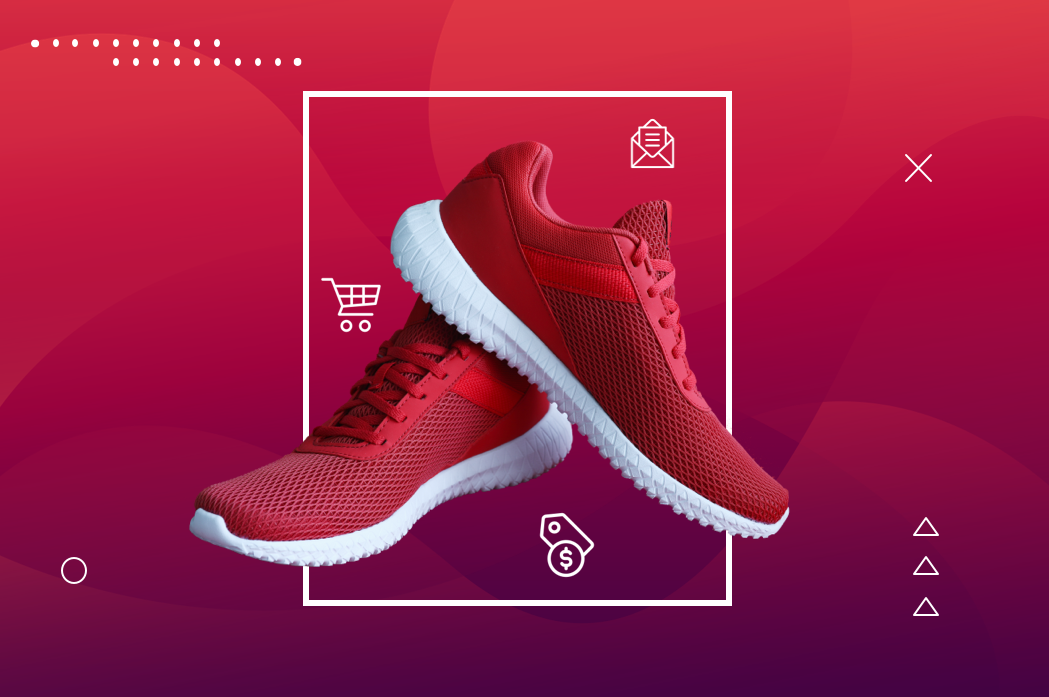
Unlock Paid Media as a Key Acquisition and Retention Channel with Deep Shopper Context
Paid media platforms represent an important channel for brands to reach new and existing customers, but they are horizontal solutions. This means that they sacrifice depth for breadth by offering a marketing solution that addresses many industries, from retail to entertainment to financial services and more, and can’t go deeper than serving ads to customers with generic targeting capabilities.
However, this generic capability won’t cut it in our now digitally dominant environment. To truly capitalize on the full potential of paid media, your brand needs to go deeper with the types of audiences you target and the ways in which you target them. Otherwise, you’re undoubtedly leaving money on the table.
Maximizing the Power of Paid Media for Ecommerce Marketing
Maximizing the power of paid media for ecommerce marketing requires augmenting the native capabilities of these platforms and coordinating them with owned channels, like email and your site itself, to create a seamless shopping experience.
To achieve this goal, you need to bring full shopper context — including purchase history, product and engagement preferences, behaviors, lifetime value and more — into your paid media campaigns. Ultimately, this approach should help:
- Improve the shopper experience: Surface more relevant ad content for customers to aid in the discovery process and connect them to products they love at a time when they are most likely to buy, all while ensuring a consistent experience across channels.
- Increase return on ad spend (RoAS): Enable your team to intelligently allocate ad spend and maximize returns as a result by only targeting high value shoppers with messages in which they’re actually interested and reserving discounts for only those who need them.
- Promote long term customer loyalty: Provide the intelligence your team needs to acquire more high value customers who are likely to be loyal from the start to help avoid the one-and-done buyer problem and better nurture existing customers on the path to loyalty.
Deepen Context to Improve Performance with Retail Intelligence
The current technology most brands use to build audiences for paid media campaigns can only target customers based on limited information — typically either the last action they took on your site (e.g. viewed a product page, added something to cart or purchased) or some general-purpose “interest-level” targeting. This approach certainly helps increase transactional purchases from lower-funnel pixel-based audiences and it can drive traffic from a “cold audience,” but it leaves a gap in regards to using shopper context to nurture those audiences into loyal, long-term customers for your brand.
Introducing that context requires a different approach to building audiences: One that uses AI-driven predictive models. These models should be able to predict what customers will buy next based on known behaviors and affinities toward specific products. They should also be able to overlay that information with the context in which customers buy (e.g. their purchase history and typical buying cadence) and an understanding of their affinity toward different channels. Specifically, these models allow your brand to predict:
- What customers will like even if they haven’t explicitly browsed or purchased in a category
- How much a customer will spend in the next two years
- If a customer is at risk from never purchasing from your brand again
Together, these predictions enable you to mature your audience-building strategy and use paid media as a high performing acquisition and retention channel.
3 Ways to Put This Context into Action in Paid Media Campaigns
Empowering your team with the tools they need to achieve this level of context at scale and put it into action across paid media channels leads to enormous opportunities. In particular, three of the most powerful opportunities include:
1) Prospecting Campaigns
Increase RoAS by up to 50% with predicted customer lifetime value modeling that can generate high value seed audiences for lookalikes and similar audiences.
Paid media typically gets used as an acquisition channel because it has a wide reach and is less expensive for driving new traffic to digital channels compared to traditional marketing methods like direct mail and print catalogs. Recognizing this, most platforms, including Facebook, Google, Pinterest and Snapchat, have created proprietary technology for brands to find net-new audiences based on a seed list.
If your brand wants to acquire new customers who will likely have a high lifetime value, the best way to lower the cost of acquisition is to ensure that the seed list you use for these campaigns represents your highest value customers. Quite simply, the only way to find future high value shoppers is if your seed list contains a subset of your own customers who are predicted to spend the most with your brand. Enter predicted customer lifetime value: An AI-based model that can easily determine customers’ future lifetime value based on not only past spend, but also signals like frequency of site visits and browsing history.
Taking this one step further, if you want to find new high value customers for a specific product category, you can create a seed list of high predicted lifetime value customers who also have a predicted affinity toward that exact category. Hammacher Schlemmer is an example of one retailer that uses this approach with great success.
“Traditionally Facebook has been expensive because we have older audiences and premium products, so we knew we had to be smarter in our approach. Bringing in intelligence around predicted customer lifetime value and category affinity has allowed us to be super efficient with our social spend and acquire new names that are outside of our typical customer base,” says Ann Marie Resnick, Vice President of Marketing at Hammacher Schlemmer.
2) Retention Campaigns
Increase RoAS by up to 130% using predictive modeling to bring in full shopper context that can intelligently inform the next message a customer should receive and when they should receive it.
Generally speaking, paid media platforms offer effective retargeting capabilities based on the last action customers took. However, a gap does exist. What happens when your team wants to engage existing customers with unique content and products that resonate with where they stand at any given time in their shopping journey, whether that’s discovery, purchase, post-purchase or anything in between?
Building audiences based on predictive models fills this gap by enabling your team to introduce context such as customers who are at-risk of not buying again or customers who are highly likely to purchase in the next two weeks. It can even extend the lookback window to build audiences like “customers who purchased during holiday last year” so that you can target those gift-giving shoppers with relevant and timely reminders.
3) Promotional Campaigns
Increase RoAS by up to 17% by only displaying promotional products to shoppers with a high discount affinity.
Effectively managing promotions and margins is critical for every brand, especially during the era of COVID-19 when revenue is down significantly year-over-year and supply chains are heavily disrupted.
Offering a promotion to all of your customers puts you at risk for missing out on margin revenue. At the same time, always promoting your sale items pushes your regular priced items to the “back of the shelf,” which will eventually force you to put those items on sale at the end of the season. It’s a vicious cycle to say the least.
Using a predictive model for discount affinity flips this cycle on its head by enabling your team to separate discount shoppers from full-price shoppers. In turn, this separation allows you to adjust your marketing and merchandising strategy to change how shoppers interact with your brand by showing discounts only to discount shoppers and surfacing full-priced products to full-price shoppers. The result is increased margins as well as a more personalized customer experience — talk about a win-win.
It’s Time to Deepen Context on Paid Media and Improve RoAS
Paid media is a powerful retail channel, but the generic targeting capabilities offered by popular platforms leave so much untapped potential. Going forward, the most successful brands will maximize this potential by bringing more context to paid media campaigns through the use of deep, retail intelligence. Doing so not only promises a better customer experience, but it can also significantly increase RoAS and improve your brand’s ability to turn casual shoppers into loyal, lifetime customers.
Visit bluecore.com/advertise to learn more about how you can benefit from our AI-powered audiences today.




